tooth resorption cats prognosis
The cause of tooth resorption is currently unknown but the condition seems to develop when a cell within the tooth called an odontoclast is activated and removes calcium from within the tooth structure. All cats can develop feline tooth resorption.
Tooth Resorption In Dogs And Cats Vetbloom Blog
Feline tooth resorption is a condition in which the body begins breaking down and absorbing the structures that form the tooth.
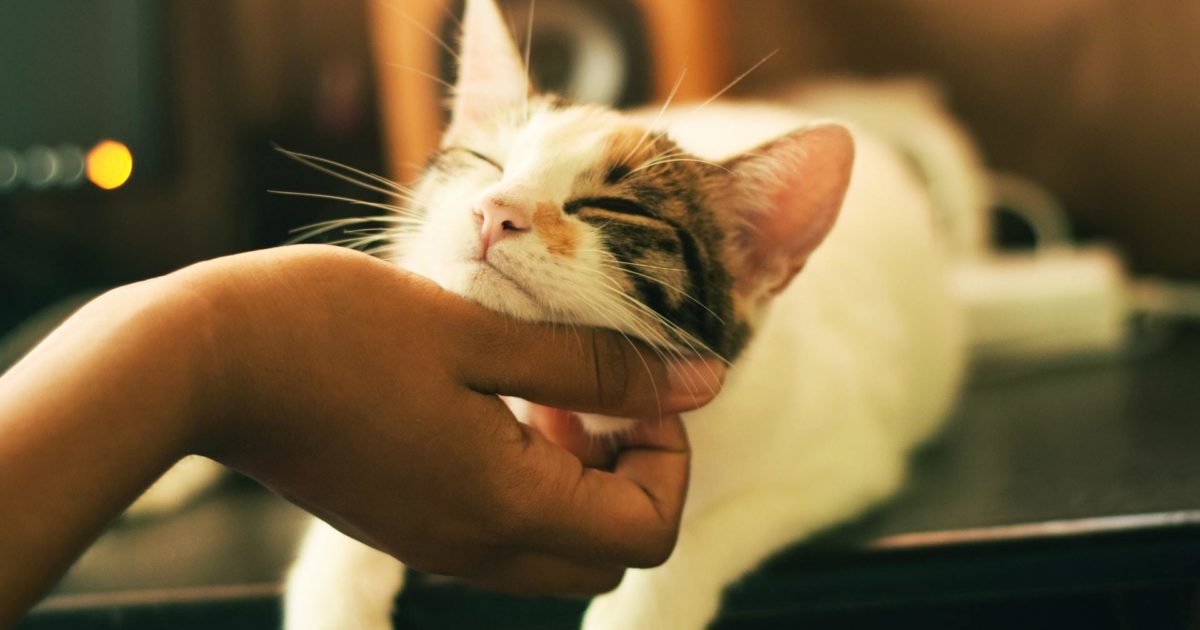
. Periodontal disease oral neoplasia particularly squamous cell carcinoma feline stomatitis and tooth resorption. All types of teeth in the feline dentition may. In fact its one of the most common oral conditions seen in cats.
Dropping food from the mouth. Certain breeds of cats like Siamese Persians and Abyssinians appear to be more susceptible to the disease but again any cat can develop these lesions. However once a significant amount of erosion of the tooth develops and is visible the condition will usually then result in pain.
Feline tooth resorption may show no visible signs other than gingivitis gum inflammation in its early stages although you may also notice signs of blood in your cats water or food bowl. The disease then progresses inside the tooth to the crown leaving the pulp cavity exposed and causing pain and tenderness. Initially cats with affected teeth may not show any symptoms at all.
12 Risk factors include increasing age and the presence of other dental disease including additional TR lesions. Tooth resorption in cats unfortunately often goes undiagnosed. Causes of tooth resorption The exact cause of.
More than 50 of cats over 3 years of age will be affected by TR. What cats are at risk of tooth resorption. Drooling Having difficulty chewing Dropping food while chewing Chattering the.
If left untreated this disease can result in other oral problems pain infections and problems in other parts of the body. All types of teeth in the feline dentition may be affected but lesions seem to be more common in certain teeth. Feline tooth resorption usually has five stages.
TOOTH RESORPTION IN CATS Pathophysiology and treatment options Practical relevance. Tooth Resorption in Cats Estimated Reading Time. Routine radiography is required for timely diagnosis.
Tooth resorption in cats unfortunately often goes undiagnosed. Feline tooth resorption lesions are one of the top causes of tooth loss in cats. While theres not exactly a known cause for tooth resorption there are steps you can take to prevent tooth resorption in.
Tooth resorption is the most common cause of tooth loss in cats and between 30 and 70 of cats show some sign of this destructive process. Stage 1 resorption presents with only mild clinical evidence of hard tissue loss and is rarely detected especially if the lesion is hidden behind soft tissue. The tooth then starts to erode often from within.
Eventually the tooth will be almost entirely gone. Resorption continues until the tooth is weak and prone to fracture. The tooth will continue to deteriorate and will eventually fall out.
Symptoms of tooth resorption in cats can range from. Tooth resorption is a process in which the tooth structure breaks down beginning inside the tooth and often progressing to other parts of the tooth. Eventually the erosions are deep enough to expose nerves making the lesions extremely painful.
Lesions can be temporarily restored with a dental filling but this will not stop resorption from happening. The first stage of this condition shows a defect in the enamel of a tooth while the second stage damages the enamel and dentin. 3 minutes Tooth resorption TR occurs when the hard tissue under the tooth enamel called dentin wears down and is eventually destroyed.
Tooth resorption in cats is a condition that leads to the breakdown of the teeth and their roots which can cause pain and muscle spasms. What Is Feline Tooth Resorption. Incidence reports list a range from 30 to 60 for cats affected by this oral condition.
Oral disease in cats comprises four major conditions. Gingivitis appears as a bright red section of the gums Vomiting. Symptoms of tooth resorption Feline.
The process usually starts in the enamel along the gum line and continues towards the center of the tooth. Cats with clinically missing teeth have also been found to be more likely to have tooth resorption. Chewing with only one side of the mouth.
Root canal therapy may help treat internal resorption but if there is a large defect the tooth may break apart and fail to function. Feline immunodeficiency virus and stress on the teeth due to poor dental alignment can also trigger tooth resorption in some cats. This painful condition is believed to affect more than 65 of cats during their lifetime.
Various studies have found 28-67 of cats have tooth resorption and it is the most common cause of tooth loss in the cat. The lesions are small and close to the base of the. Tooth resorption is progressive and may be singular or multiple and on the lingual side where the tongue is or buccal side where the cheek is side of the tooth.
3 Dental radiographs are required for proper diagnosis and treatmentFeline tooth resorption TR a common disease in cats characterized. A second opinion may be necessary. Some radiographic evidence is detectable such as a change in the dentin.
They start as small erosions in the dental enamel and progress both in size and depth. Symptoms of Tooth Resorption in Cats. Treatment and Prognosis for Cats with Tooth Resorption Unfortunately there is no cure for tooth resorption in cats.
External resorption can be misdiagnosed. As the disease progresses the symptoms your cat may show include difficulty in eating dribbling saliva face rubbing jaw chattering and weight loss. Over time all parts of affected teeth become involved and worn down.
Full mouth veterinary dental radiographs are needed for both diagnosis and treatment. Five stages of tooth resorption are recognized in cats. What Are the Stages of Tooth Resorption in Cats.
The cause of tooth resorption is not known. The resorption is usually progressive but even extensive cases can sometimes be reversed. Tooth resorption is common in the domestic cat and the incidence has been reported to increase with increasing age.
Cats with clinically missing teeth have also been found to be more likely to have tooth resorption. Feline TR is a very common problem. All that will remain is a raised bump on the.
Tooth resorption can be difficult to detect with cats often masking signs of oral discomfort or pain. Stage one is the earliest stage of damage.

Tooth Resorption In Cats Unfortunately Often Goes Undiagnosed

Feline Tooth Resorption Today S Veterinary Practice

Juvenile Gingivitis Periodontitis Advanced Animal Dentistry
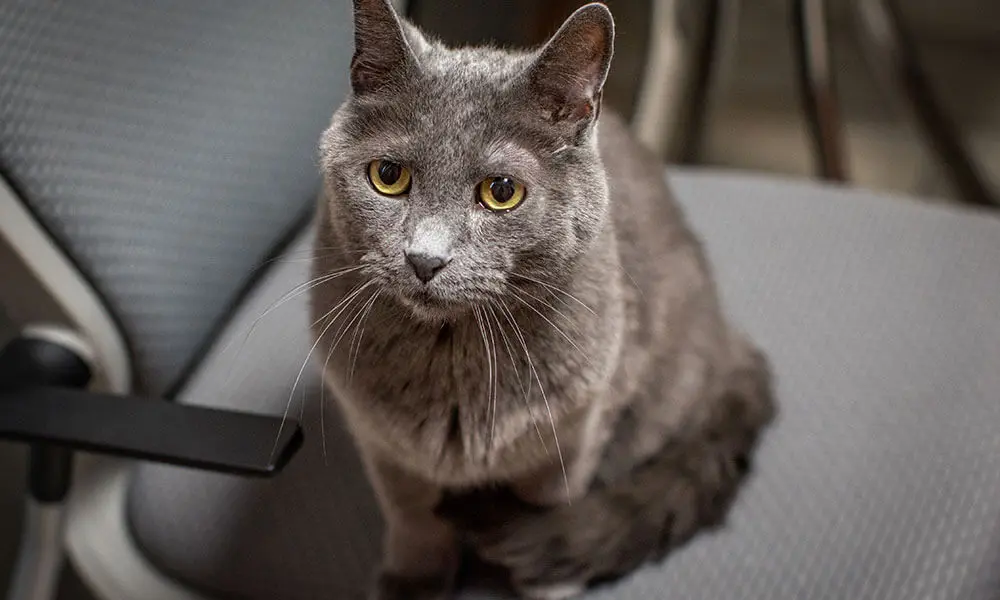
Feline Tooth Resorption A Guide For Cat Owners 1st Pet Veterinary Centers Az

Dental Corner How To Detect And Treat Feline Odontoclastic Resorptive Lesions

Feline Tooth Resorption Cat Dental Resorption Cat Dentist Minnesota Wisconsin
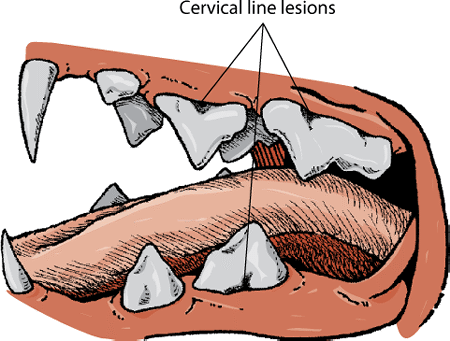
Dental Disorders Of Cats Cat Owners Merck Veterinary Manual
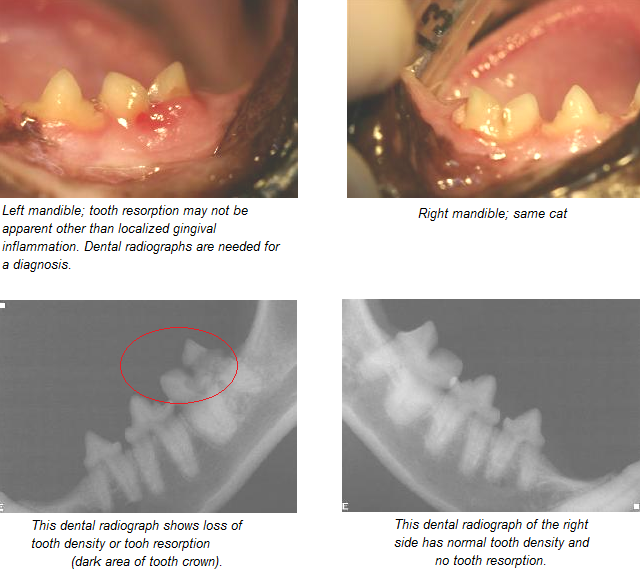
Resorptive Lesions Feline Healthy Paws Animal Hospital

Feline Tooth Resorption How To Help Your Cat Firstvet
Tooth Resorption In Dogs And Cats Vetbloom Blog
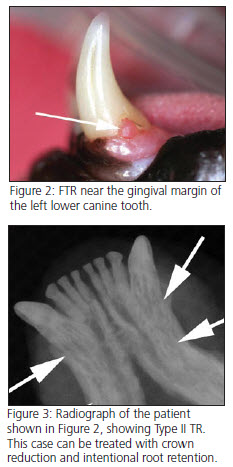
Treatment Options For Base Narrow Mandibular Canine Teeth Part 1 Montana Pet Dentistry Oral Surgery
Tooth Resorption In Dogs And Cats Vetbloom Blog

Feline Tooth Resorption Cat Dental Resorption Cat Dentist Minnesota Wisconsin

External Tooth Resorption In Cats Part 2 Therapeutic Approaches Today S Veterinary Practice

Feline Tooth Resorption Today S Veterinary Practice

External Tooth Resorption In Cats Part 2 Therapeutic Approaches Today S Veterinary Practice

External Tooth Resorption In Cats Part 2 Therapeutic Approaches Today S Veterinary Practice
